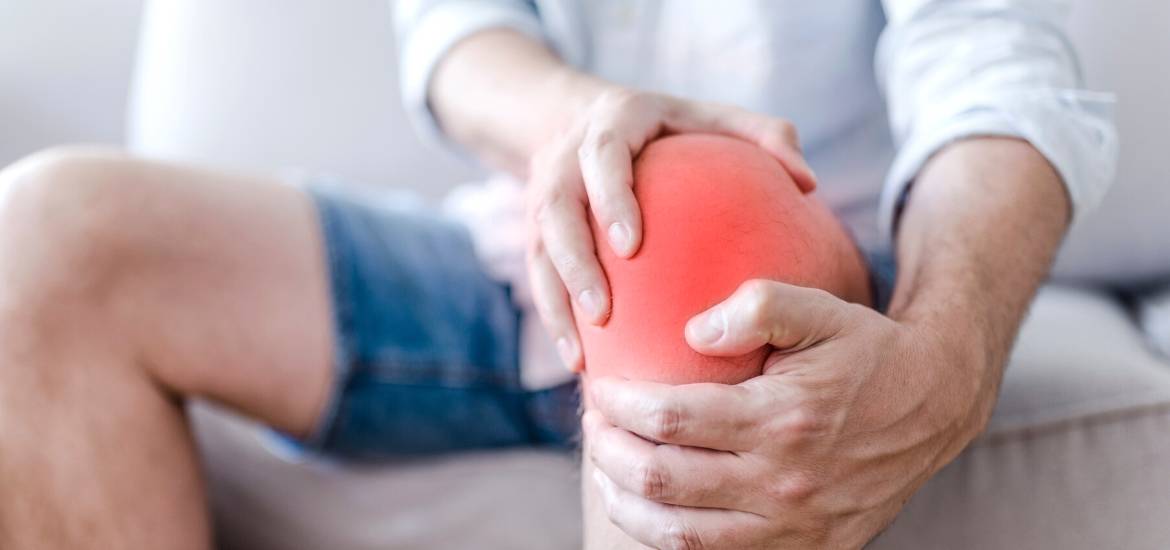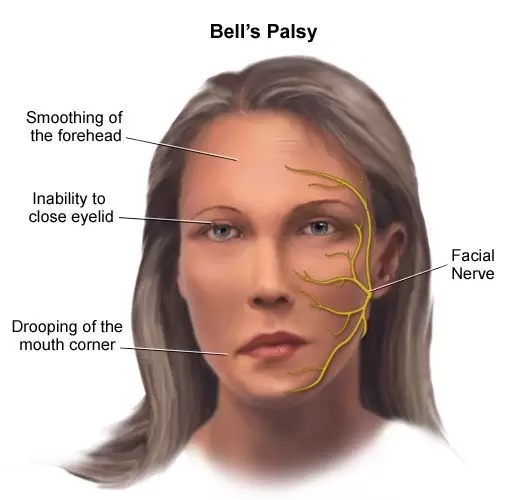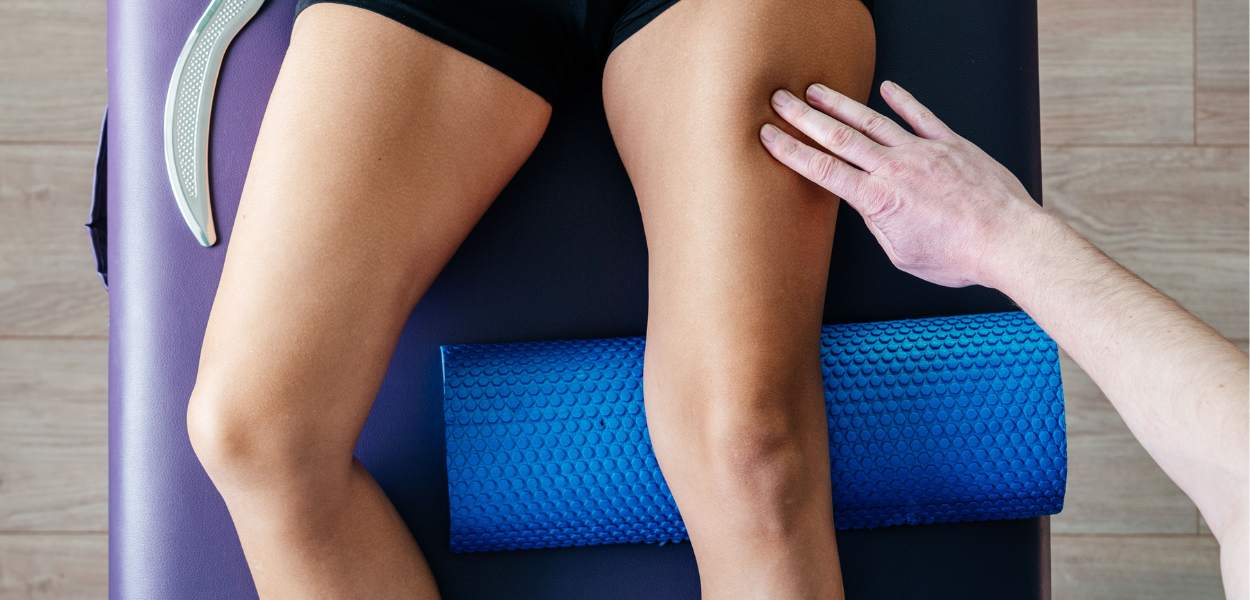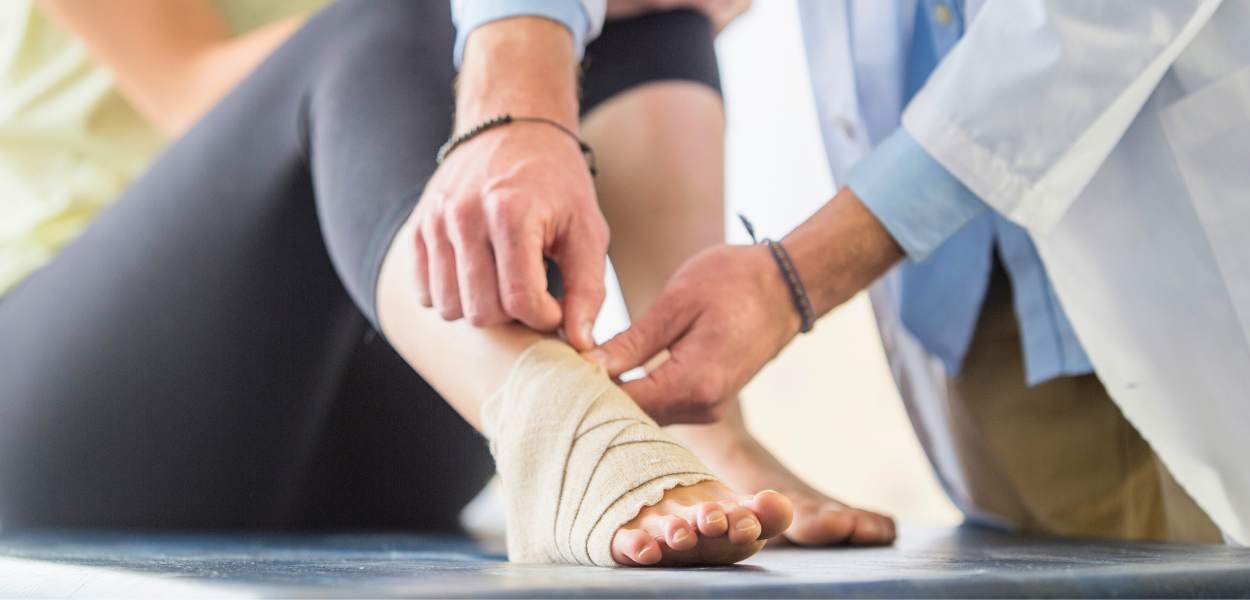3 Ways You Can Manage Anterior Knee Pain
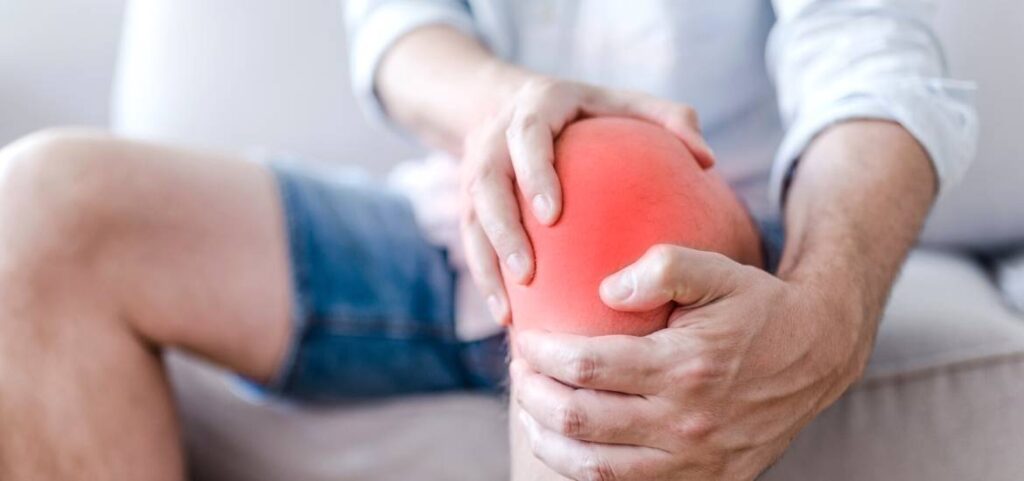
Have you ever experienced pain at the front of your knee from any physical activity?
I once signed up for a half marathon only two months before the event and decided that I could crunch out a lot of training within a short time frame! I had never ran much before, and I set myself the goal to complete the half marathon in under two hours. With this goal in mind, I started running 4-5 times a week!
However, after a few weeks of training, I developed a lot of pain in the front of my right knee. Once it was aggravated, I struggled to walk up and down the stairs or hills. It was painful to squat or kneel to pick things up and carry out other activities common in my daily life.
Do those symptoms sound a bit like what you’re experiencing? It may be anterior knee pain, also known as patellofemoral pain. This is a condition that affects the front of the knee and under the kneecap.
What is Anterior Knee / Patellofemoral Pain?
The patella, or your kneecap, is a floating bone in the knee. It glides up and down in a groove at the bottom of the femur, your thigh bone, when you bend or straight the knee. The main purpose of the patella is that it acts as a pulley so that your quadriceps muscles (front thigh muscles) can generate force and power. This muscle starts from the top of your thigh near your hip, covers the kneecap on the way through and runs all the way down to the top of the shin bone.
There are many factors that contribute to the pain from your kneecap, including anatomical differences, having tight or weaker leg muscles, poor technique when performing sports.
Ultimately, when the kneecap doesn't move on its track too well, it may bump or touch a bit of the thigh bone. This will start to irritate the bone which will lead to the pain you are experiencing.
Symptoms of Anterior Knee Pain
Some common symptoms include:
- A gradual, non-traumatic development of pain at the front of the knee
- Pain when going up/down the stairs/hill
- Pain when kneeling, squatting, walking, running
- In some cases, you may experience pain from prolonged sitting
Try these Knee Tests out!
Anterior Knee Pain Provocation Test
This is a quick 45-second screening test designed to provoke anterior knee / patellofemoral-related pain.
Stand on the affected leg and bend the knee slightly. Hold this position for up to 45 seconds. It is considered positive (i.e. you have anterior knee pain) if it reproduces your pain.
Clarke's Test
Clarke's Test is a test used by physiotherapists to detect the presence of knee pain.
Apply a gentle pressure onto your kneecap downwards in the direction of your heel. Maintain the pressure while you push your knee down to contract the muscle.
This test can feel strange, so make sure to compare it to the other leg.
How to Manage Knee Pain?
If you have been experiencing anterior knee pain, here are 3 steps you can take to alleviate the pain.
1. Load Management
The first step would be to reduce irritation to the kneecap by altering the load.
Some examples would be going up the stairs one at a time. If you are active, try reducing squat depth or minimising exercises that require a lot of knee bend.
For runners, a good way to reduce load is to reduce your stride length and increase your cadence.
2. Quadriceps Exercises / Strengthening
Poor biomechanics, such as weaker thigh and buttock muscles can often cause anterior knee pain. As a result, it is important to strengthen these muscles to help with recovery and to manage the pain. Try the exercises that I demonstrate in the videos below.
You may experience some discomfort with these exercises at first. If your symptoms get worse, please stop these exercises and seek help from your physiotherapist.
Lie on your back, brace your thigh and lift your leg around 20 to 30cm off the ground Hold 5 seconds and repeat this 10 times.
To make these exercises more challenging, you can add a resistance band or ankle weight.
3. Stretching and Foam Rolling
Stretching and foam rolling of the quadriceps muscles can help to reduce the pressure on the kneecap. If it’s painful to bend the knee initially, foam rolling instead of stretching may be a better option.
How Can Our Physiotherapists Help?
Although rest and general exercises are a great way to reduce your pain, it does not fully target the specific cause of this pain. With many factors that can cause anterior knee pain, our physiotherapists can provide you with a detailed assessment to fully understand the reason for your pain. From there, we can develop a rehabilitation program that is specific to you and your goals.
Physiotherapists can provide specific treatments such as dry needling, manual therapy and taping alongside your exercise plan with the aim to reduce your pain and increase function.
Contact Us Today!
At Prohealth Sports & Spinal Physiotherapy Centres, our physiotherapists offer hands-on treatments and rehabilitation plans for these knee pain conditions, personalised to you.
For more info, contact us at +852 2530 0073, or email appt@sportsandspinal.hk.
Written By: Wesley Ma
Registered Physiotherapist
BSc (Hons) in Physiotherapy UK
MSc Advanced Manipulative Physiotherapy UK
Wesley is a physiotherapist based at Prohealth Sports & Spinal’s clinic in Wellington Street, Central, Hong Kong. He has a wealth of experience treating various conditions, with a focus on manual therapy techniques and exercise prescription. He also has a special interest in back and neck pain and sports-related injuries, keeping updated with the newest research in these specialties.
If you are experiencing any pains from work or sports, book an appointment with Wesley today!
References
(1) Cook, C., Mabry, L., Reiman, M.P. and Hegedus, E.J., 2012. Best tests/clinical findings for screening and diagnosis of patellofemoral pain syndrome: a systematic review. Physiotherapy, 98(2), pp.93-100.
(2) Hart, H.F., Patterson, B.E., Crossley, K.M., Culvenor, A.G., Khan, M.C., King, M.G. and Sritharan, P., 2022. May the force be with you: understanding how patellofemoral joint reaction force compares across different activities and physical interventions—a systematic review and meta-analysis. British Journal of Sports Medicine, 56(9), pp.521-530.
(3) Lee, J.H., Jang, K.M., Kim, E., Rhim, H.C. and Kim, H.D., 2021. Static and Dynamic Quadriceps Stretching Exercises in Patients With Patellofemoral Pain: A Randomized Controlled Trial. Sports Health, 13(5), pp.482-489.

